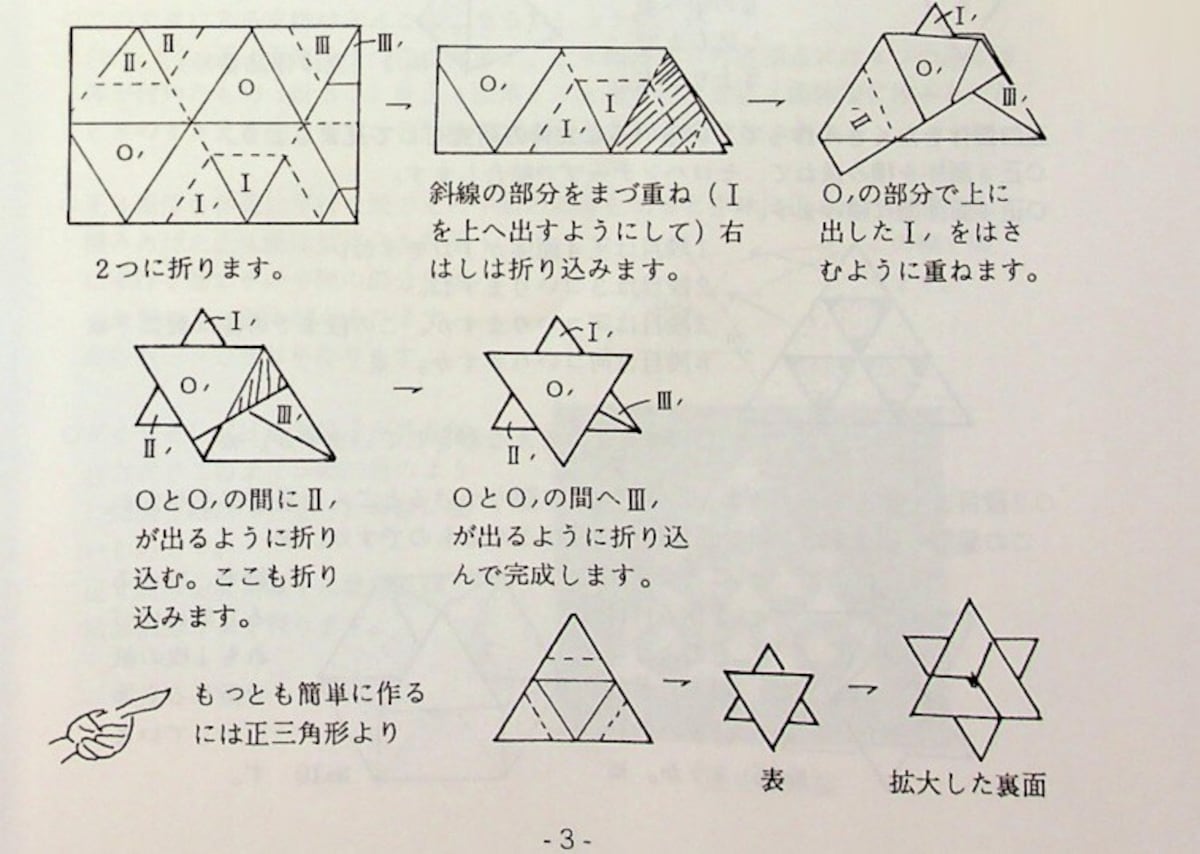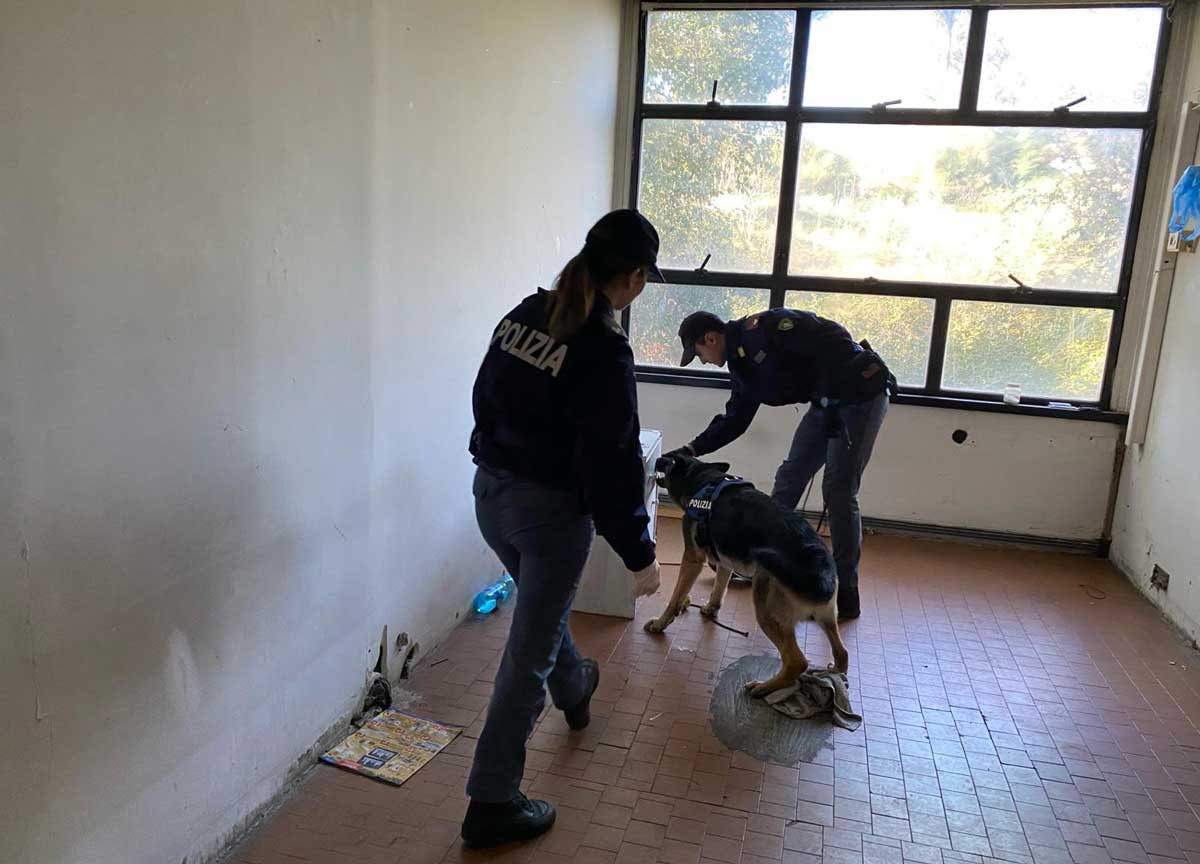Negotiations on collective agreements have progressed even more smoothly than expected, writes Marjukka Liite, a journalist for HS policy.
Median according to the unwritten rule, a dispute is bigger news than an agreement. A special and surprising event is also more sensitive to publicity than slow change.
Strikes and blockades also dominate the coverage of collective bargaining.
The persistent guerrilla war between the paper association and the forestry company UPM about working conditions is, of course, news in its strangeness, even though it is already badly in place.
On Friday, the Paper Association said it was ready to start the industry-specific negotiations required by UPM, although it has so far demanded a company-specific agreement.
UPM also said it was easing its position on Friday night. In the evening, the company announced that it was ready for a meeting between the Paper Association and the pulp business to find out what kind of negotiation process with the association is possible.
UPM outlined Friday night that it will not address confidential business-specific issues in the presence of competitors. At the same time, it reiterated its demand that negotiations between all businesses be launched at the same time. The paper union’s offer only applies to the pulp business.
Employers and the escalating confrontation between the trade union movement was already announced in the autumn of 2020. At that time, the Finnish Forest Industries Association announced that it would no longer enter into national collective agreements, but that negotiations would move to the local level, ie companies.
Chairman of the Board of Metsäteollisuus ry and President of Metsä Group Ilkka Hämälä said directly that the effort is to increase the right of the employer decides on the organization of work, ie to increase the so-called right of direction.
But no matter how. In practice, even other large forest companies – including Metsä Group and Stora Enso at the forefront in October 2021 – bowed to negotiations and company-specific agreements with trade unions.
Instead, UPM was left alone to demand business-specific agreements and, apparently, significant increases in working hours.
Since the beginning of the year, UPM’s mills have had more than 2,000 members of the Paper Association. The Electricity Union is also involved, and the industrial action is supported by the Automobile and Transport Workers’ Union (ACP) and the Confederation of Finnish Industry.
At the same time however, new contracts are emerging at a close pace and even for large numbers of employees. It shows that the tes system has not been scrapped, as has the chairman of SAK Jarkko Eloranta was afraid in the fall of 2020.
In the spring of 2021, the trade union movement “As a step into the dark” also described the Technology Industry Association’s announcement to partially withdraw from national collective bargaining.
In the technology industry, negotiations kicked off, and they were also accelerated by the strike.
The national mediator’s package was also popped up, and the result of the workers’ negotiations went to the vote in the Confederation of Finnish Industry’s board.
Despite the tangle, contracts in the technology industry were reached in January for dunners, clerks and senior clerks alike, who deviated from the usual marching order by reaching an agreement before the employees.
Some confusion arose from the percentage increase in wages, which fell in the range of 1.8% and 2%.
For example, senior staff found it easier to agree to a couple of tenths of less than 2% readings, which now seems to have formed – at least for the time being – a so-called general line that others find difficult to cross.
Business The lists compiled by the Confederation EK and the Confederation of Finnish Trade Unions SAK on its website show that a large number of agreements have already been concluded.
EK’s list includes only contracts signed by its member companies, which already cover about 340,000 employees.
Last Thursday, the trade union and the service trade union Pam discussed the new collective bargaining agreement for the coming years.
The two-year contract covers more than 160,000 employees, including those who join on the basis of the general binding nature of the contracts.
The salaries of sellers, other sales workers and supervisors will rise by two per cent in early May, and next year’s increases are due to be agreed before Christmas.
If no agreement is reached, the collective agreement can be terminated at the end of January 2023, in which case peace at work would again be in jeopardy.
New a feature of the contracts now arising is that they are concluded for a shorter period than before, ie in principle the second year of the two-year contracts is the so-called option year.
The level of wage increases in contracts can be described as moderate in the former model, although employers, in line with their role, are concerned about future and especially cost competitiveness.
In January, an economic expert Lauri Kajanoja estimates that, based on recent forecasts, Finland ‘s cost competitiveness appears to be close to pre – pandemic levels this year.
According to Kajanoja, the reason is especially that the forecasts for rising labor prices outside Finland have been revised upwards.
Such forecasts and strong growth in industrial orders are likely to tighten wage demands as inflation appears to be easing.
So far, the 2% “general line” increases have also applied to low-wage sectors, but it is clear that they will not close any backlogs.
At the end of February, we will see how the negotiations in the municipal sector are going, where at least nurses and teachers are demanding special salary programs.
Although stevedores are not the lowest paid in the country, the Automobile and Transport Workers ’Union (ACP) is threatening to strike ports on Valentine’s Day on 14 February to continue to secure“ decent working conditions ”for its members.
#analysis #agreements #working #conditions #emerging #time #strikes #dominate #labor #market #publicity






